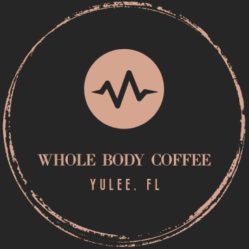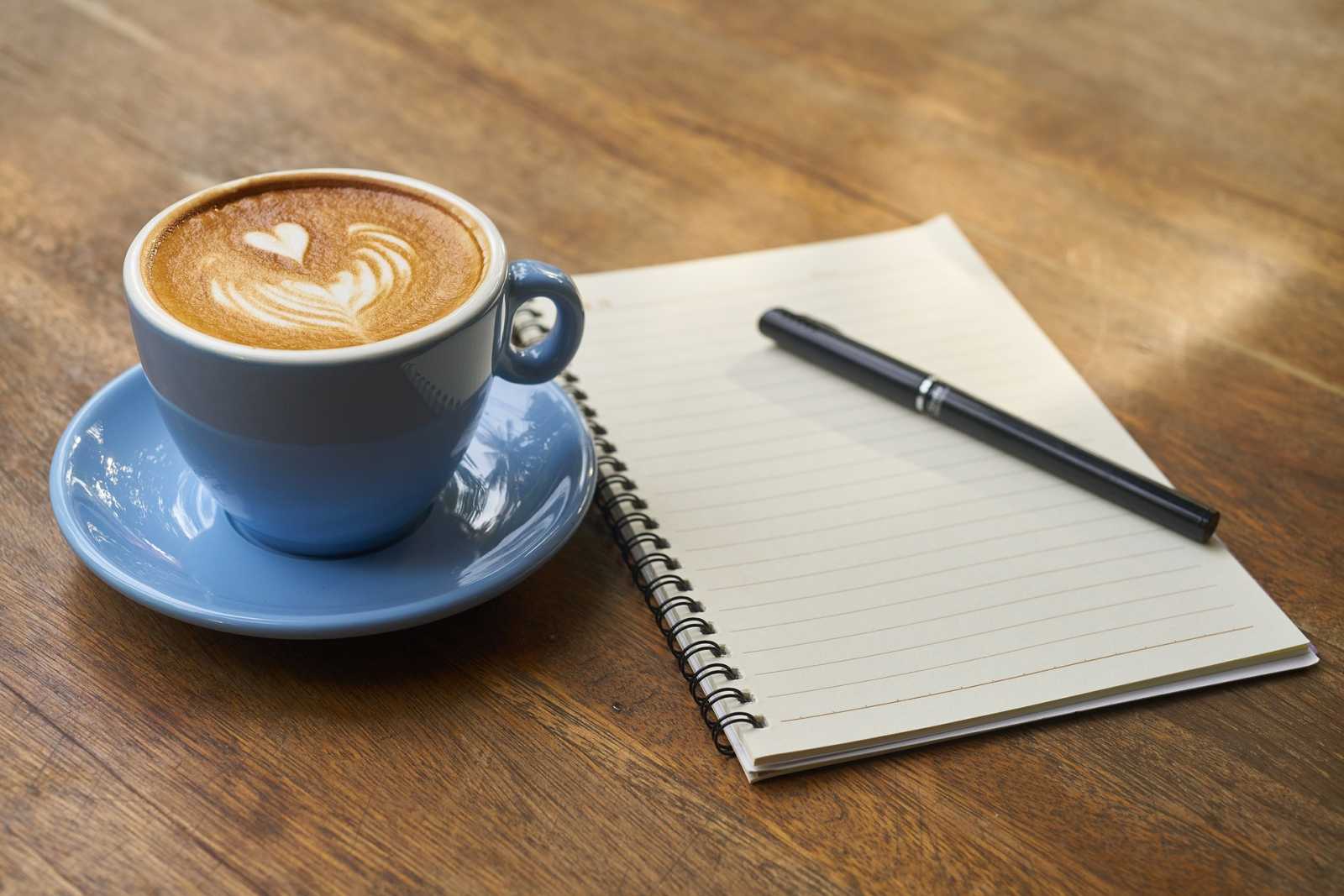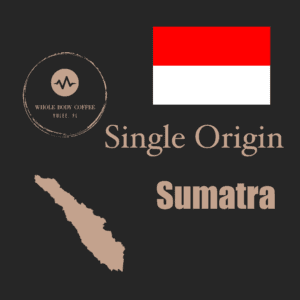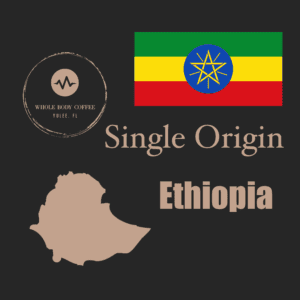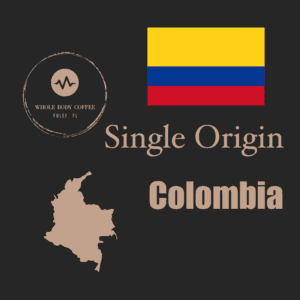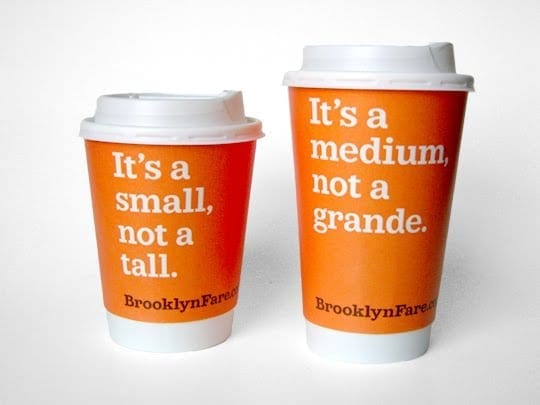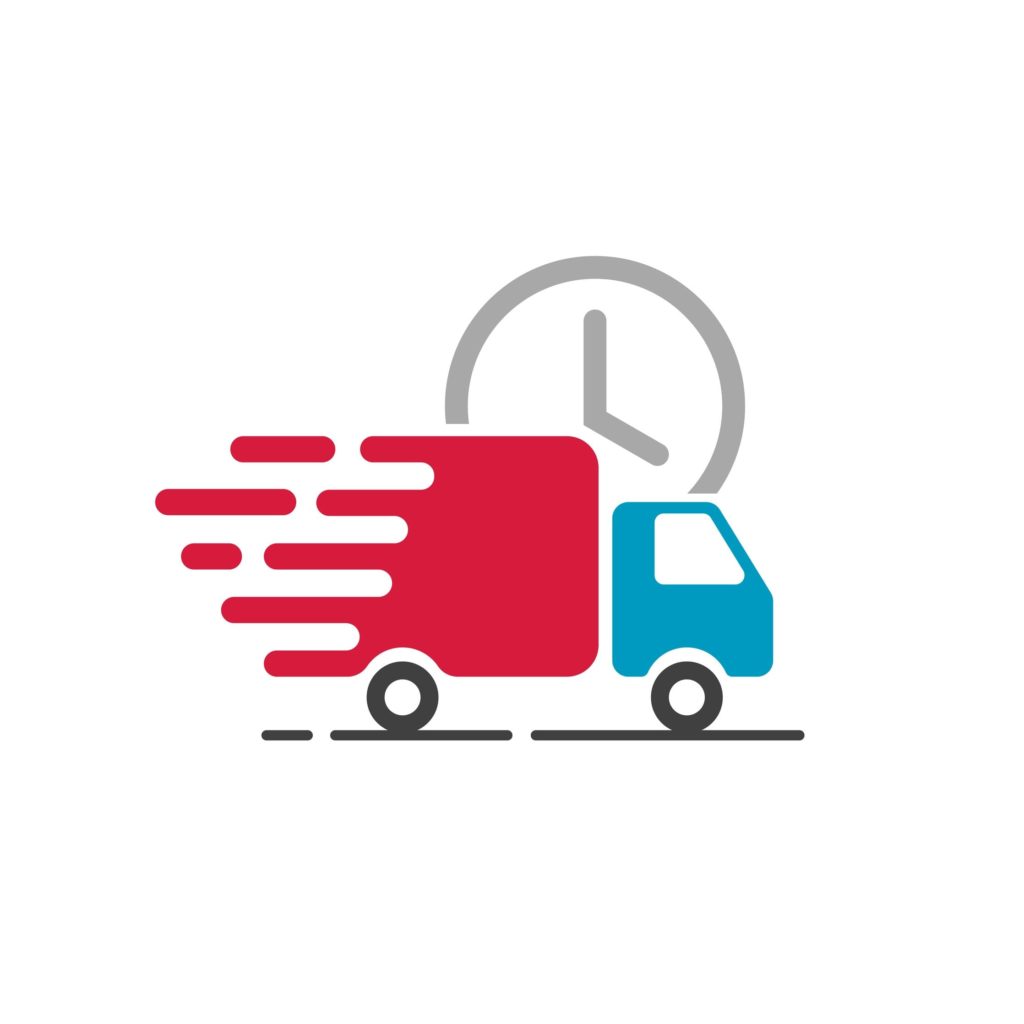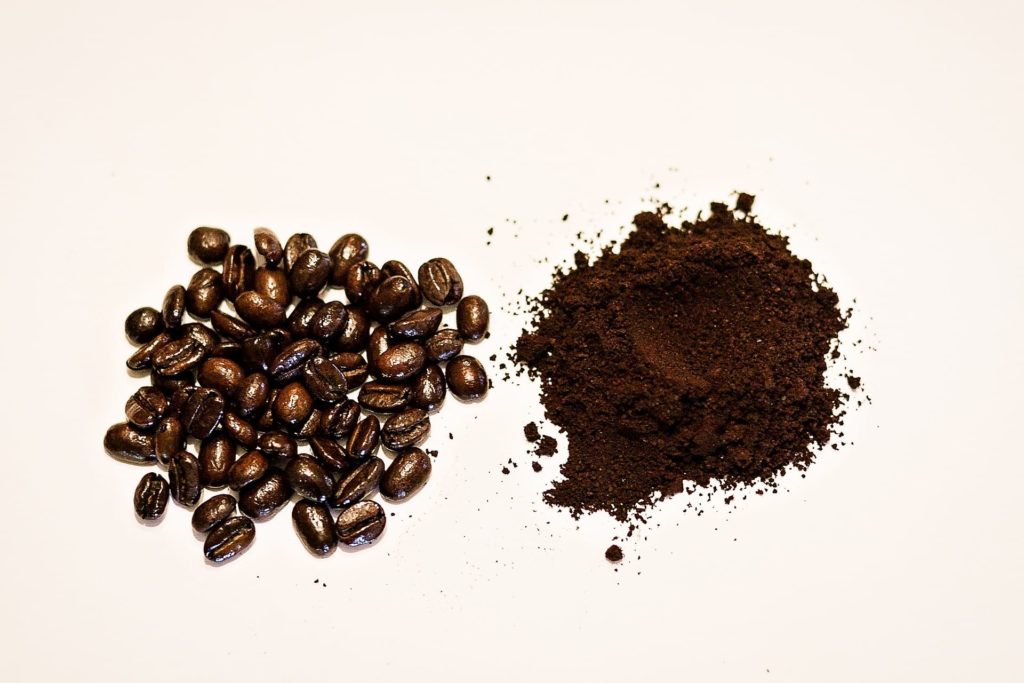It seems that everywhere I look, people are finding more and more ways to differentiate and classify coffee. It can all be a bit overwhelming, but the reality is, these methods of talking about coffee certainly pre-date my own interest in coffee. From caffeinated to decaf, arabica to robusta, to origin, to varietal, to elevation, brewing method, grade, grind size…(take a deep breath)…let’s go over the basics.
Competing Species
There are over 100 different species of coffee, yet only two remain competitors in the coffee market. Those two are arabica and robusta. Arabica coffee makes up around 70% of the coffee consumed worldwide which leaves robusta at about 30%.
There are several distinguishing characteristics between the two such as size, growing elevation, shape, and much more but the differences most of us are concerned with are taste, caffeine content and cost.
Arabica beans have taken over the specialty coffee market due to their complexity and varied flavors and aromas. You’ll see most of your favorite coffees such as Starbucks and Dunkin Donuts carrying a label that says “100% Arabica Beans” because that is what consumers have come to believe is good coffee and it makes it look like they are giving you a quality product. More about that in another post…
Arabica beans have rightfully earned their reputation though, as varietals from around the world present exciting and unique flavors to be discovered. These beans have complex flavors and people love to get as snobby as they can about it. The truth is, you don’t need to be able to detect every hint of citrus, or honeysuckle, caramel, or cocao. You really just need to enjoy the coffee in your cup. If your cupping notes look something like “this one is good” or “this one tastes bleh”, you are just as good of a specialty coffee drinker as anyone else.
Back on topic, in contrast to Arabica’s complex flavors, and bright acidity, Robusta’s flavors tend to be a bit more earth bound. By that I mean, they can taste very dark and bitter when comparing them to Arabica beans. The flavors also tend to be less complex than Arabica due to Robusta beans having less oils and sugars than Arabica beans. Additionally, Robusta beans have approximately twice as much caffeine, by weight, than Arabica beans. So if your coffee ritual revolves around getting a heavy dose of caffeine, Robusta or a blend could be the way to go. Robusta beans also happen to be a much hardier crop, therefore, the yields are larger and more consistent and can easily be produced in bulk. This had led Robusta beans to aquire a reputation as poor quality, cheap, mass produced. It’s this reputation that caused the specialty coffee industry to sort of shun the Robusta bean and claim “100% Arabica” as the only option for quality. Although that is partially true, there are suppliers which provide an excellent quality Robusta bean and these beans can make an excellent cup of coffee. As long as you understand the product you are getting and are sure of the quality, then there is no reason why Robusta coffee can’t be a part of your daily routine.
Brewing Methods
I’ll briefly touch on the more popular brewing methods here and their pros and cons. You should be able to use this information to dial in the product which will give you the ideal cup of coffee.
Drip:
This brewing method is what you use when you wake up to Folgers in your cup. You put the ground beans in a paper filter stick it in the top, add some water, close the lid and listen to that sweet baby purr. This method really doesn’t bring out the best in your coffee. You have no control over the temperature the coffee is brewing at, which tends to be too hot, and that paper filter removes the oils and other pleasant particles which contribute to taste and aroma. Also if your not pre-wetting your paper filters, there’s a good chance your coffee tastes like cardboard. No wonder most people dump cream and sugar in their coffee. In any case, if you are to use this brewing method here’s what you will need:
- Drip coffee maker
- Coffee, medium grind
- Paper Filters
That’s about it. The convenience factor is definitely one of the biggest reasons why this is the brewing method you’ll see on most people’s counters.
Espresso:
Another extremely popular brewing method. This method uses pressure and heat as the driving factor for extracting the flavors, and caffeine, from your coffee. Espresso machines are very aggressive when it comes to extracting compounds from coffee beans which is why the product you get is so potent. This pressurized method intensifies the flavors of the coffee beans which is usually why espresso is very bitter. Espresso makes a great companion to sugary additions because of this intense bitterness; however, when you get a good espresso it can be very satisfying to sip plain right out of a cup. Beans used for this method tend to be darker roasts, mostly for consistency, and are required to be ground very fine. If your looking for a coffee to provide a good espresso this is what you need:
- Espresso maker (there are also percolators which will brew espresso but that’s a bit different. We are talking an actual espresso machine here.)
- Quality coffee (remember flavor intensifies. Don’t intensify bad flavor. Get good coffee) ground fine. Getting an “espresso grind” is common.
- Purified water tends to be best for brewing espresso
- A small 2oz cup and tiny spoon to put a tiny amount of sugar in your tiny cup
French Press:
This is the “low and slow” of coffee brewing. I personally love to drink french press, but I usually don’t because who has time for that? If you do have time for that; however, this is an outstanding method of brewing coffee. This method typically uses a metal mesh strainer attached to a plunger to separate your beans from your brew. This means that there is nothing trapping all of the oils and fine suspended solids outside of your cup. The french press typically yields a cup which is fuller bodied and less “harsh” than other methods. That is because you are in control of the extraction here. You get to choose your temperature (which should be around a cool 200F), time, and well…pretty much all of it. With a bit of experimentation you can discover how to bring out the most wonderful flavors in your coffee. Remember me mentioning the complexity of Arabica beans? The french press yields the full depth of your coffee so you can experience every layer. Also, the french press is elegant af. Here is what you need:
- A french press that suits your, obviously refined if you’re here now, tastes
- Your favorite, good quality, freshly ground coffee. Coarse Grind.
- A scale to weigh your water and coffee. There’s no need to guess here, if you’re gonna do it, go for consistency
- A timer, back to the consistency thing
- Preferably an electric kettle so you can hit that 200F. If you don’t have one, you can boil water then set it aside for about 30 seconds
- A bit of patience
Pour Over:
I think of pour over as the drip method for people who actually like to taste their coffee. This method allows you to bring out the incredible flavors and aromas of your coffee and still make it to work on time. It takes a bit of practice at first but, once you find the sweet spot, you’ll be making a pot of coffee in just a few minutes. This method can use either a paper filter or metal filter. I go with metal because I can re-use it and again, I get to keep those oils and fine suspended bits. If you do choose paper, just be sure to pre-wet your paper and get rid of that cardboard taste. When using this method you are able to control many extraction variables just like when using a french press. The biggest difference here is that you’re going to get quite a bit of agitation with your beans, leading to a faster extraction. This isn’t necessarily bad, it just means your going to have to do a bit of experimentation to be sure your not over or under extracting your beans. If you want to try using this method you’ll need:
- Pour over brewer
- Metal mesh or paper filter
- Your favorite, good quality, fresh ground coffee. Medium grind, same as drip
- A scale to weigh your water and coffee. Again with the consistency.
- Preferably an electric kettle so you can hit that 200F. If you don’t have one, you can boil water then set it aside for about 30 seconds
- A bit of technique
Apparently, I had more to say than I thought I did. I’ll add an additional post later with a few more basics to tie up the loose ends here. Hopefully this post helped you get a bit more familiar with coffee, see more of what’s out there, and helped you get more dialed in to finding your perfect cup of coffee.
I wouldn’t be in business if I didn’t put my two cents in here so I’ll have at it. One of the key things that every brewing method has in common is good quality coffee. I encourage everyone to experiment with all the brewing methods to experience the world of coffee. But even if your world of coffee only ever includes a drip machine you will still be surprised at the difference fresh roasted, quality coffee can provide. Whole Body Coffee is a small roastery located in Yulee, FL. Whether you are in the area, or across the country you can be sure that if you order from us, it will be small batch roasted fresh, with quality you can taste.
